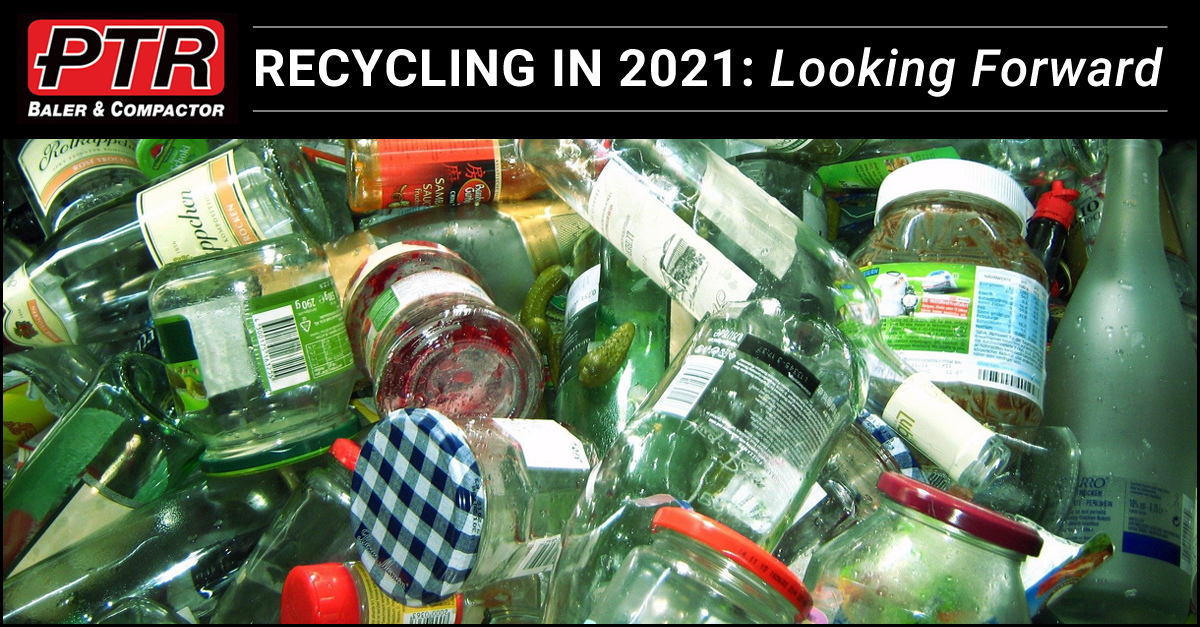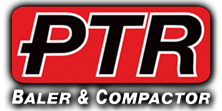-
10
Feb
Recycling in 2021: Looking Forward

2020 was certainly an anomaly year across the board, disrupting a number of industries, including recycling. There’s no doubt that the last year has made a significant impact on the recycling and waste industry.
The coronavirus pandemic changed the way businesses operated as well as how we recycle at home. Before COVID-19, reusable was becoming the name of the game. Disposable packaging was decreasing, while the demand for reusable options were on the rise. The pandemic turned that trend on it’s head. Anything that could become disposable, did, in order to help prevent the spread of the virus.
The recycling industry has become largely overwhelmed. Most cities ask their residents to focus more on quality over quantity. The rise in residential recycling can be attributed to a significant increase people working remotely, children attending school virtually, and so on. According to David Biderman, executive director and CEO of SWANA, “residential volumes were up about 20%” in the early stages of the pandemic (Resource-recycling.com). That numbers has come down a bit, but it’s still much higher than the industry is used to dealing with.
The United States currently has a 32% National recycling rate (Resource-recycling.com). The U.S. EPA has a goal to reach 50% diversion by the year 2030. In order to achieve that goal, the organization is challenging businesses, communities and individuals to to take certain measures. Here’s a brief summary of those measures:
MEASURE 1: Reduce contamination in recycling.
This means ensuring you are recycling items that are indeed recyclable. Your city or township should provide information on which # plastics they accept, as well as what other materials are appropriate to recycle.
MEASURE 2: Make the recycling processing system more efficient.
Here, the EPA wants to make sure that anything that can be recycled, is. Again, this will take education and making curbside recycling accessible for all Americans.
MEASURE 3: Strengthen the economic markets for recycled materials.
Overall, this means manufacturers utilizing recyclable materials as often as possible and the public buying more recycled products. You can find full information from U.S. EPA here.
If you manage an organization that deals with waste, utilizing a Recycling Baler will be a critical measure to get on board with these goals in addition to your own sustainability goals. Contact PTR today to learn how! Click here to get started.
sources: https://resource-recycling.com/recycling/2021/02/02/wastecon-takeaways-covid-impacts-and-compostable-concerns/




